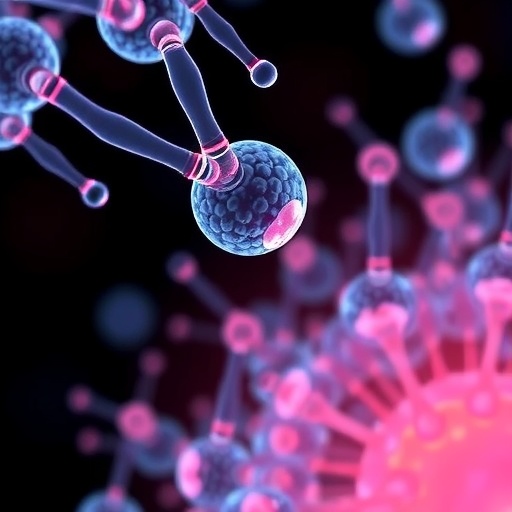It's a common occurrence in elderly people: Blood cells carrying mutated DNA explosively increase in number, resulting in genetic "mosaicism": the presence of a population of cells that carries an altered genome. This phenomenon, known as clonal hematopoiesis, is associated with a substantially increased risk of blood cancer. However, most people with clonal hematopoiesis do not go on to develop blood cancers, and the causes and effects of clonal hematopoiesis are poorly understood.
A study by investigators from Brigham and Women's Hospital, Harvard and the Broad Institute developed a new technique for detecting a type of clonal hematopoiesis known as mosaic chromosomal alterations, which involve mutations that affect large chunks of chromosomes. The team compiled an atlas of 8,342 mosaic chromosomal alterations, an order of magnitude larger than any previous study. Results are published this week in Nature.
"Our findings refine the link between mosaicism and blood cancer risk," said Po-Ru Loh, PhD, of the Center for Data Sciences and the Division of Genetics at BWH. "While this work is still upstream of clinical translation, it improves our understanding of the biology of clonal hematopoiesis and suggests promising directions for future work."
The team identified specific mosaic events that drive this increase in risk, observing that duplication of chromosome 12 conferred over a hundred-fold increased risk of chronic lymphocytic leukemia (CLL). However, blood cancers are rare diseases, so despite the large increases in risk, most people with mosaic events will not go on to develop blood cancers – making clinical application challenging. In addition, interventions still need to be developed to prevent high-risk individuals from getting blood cancer.
The team used highly sensitive computational techniques capable of detecting alterations that were present in only a small fraction (less than 1 percent) of blood cells, representing the very early stages of clonal expansion. The technique can be applied to data from genotyping arrays, a cheap and easily available technology for generating large amounts of data from very large sample sizes.
The researchers applied their technique to samples from approximately 150,000 participants in the UK Biobank.
"The large size of this data set allowed us to find many interesting patterns in the data," said Loh. "The biggest surprise was that several subclasses of clonal expansions are actually strongly influenced by inherited genetic variants. That is, certain DNA mutations that are passed along from parents to children strongly increase the likelihood of clonal expansions later in one's life."
###
Funding for this work was provided by the National Institutes of Health (R01 HG006399, R01 GM105857, R01 MH101244, R21 HG009513, F32 HG007805, R01 HG006855, UM1 HG008900 and R01 HD081256) a Burroughs Wellcome Fund Career Award at the Scientific Interfaces, the Next Generation Fund at the Broad Institute of MIT and Harvard, the Stanley Center for Psychiatric Research, the Fannie and John Hertz Foundation, the US Department of Defense Breast Cancer Research Breakthrough Awards (W81XWH-16-1-0315, W81XWH-16-1-0316) the Elsa U. Pardee Foundation, NCI MSKCC Cancer Center Core Grant (P30 CA008748), and the Simons Foundation (SFARI Awards #346042 and #385027).
Paper cited: Loh, PR et al. "Insights into clonal haematopoiesis from 8,342 mosaic chromosomal alterations" Nature DOI: 10.1038/s41586-018-0321-x
Media Contact
Haley Bridger
[email protected]
617-525-6383
@BrighamWomens
http://www.brighamandwomens.org
http://dx.doi.org/10.1038/s41586-018-0321-x




